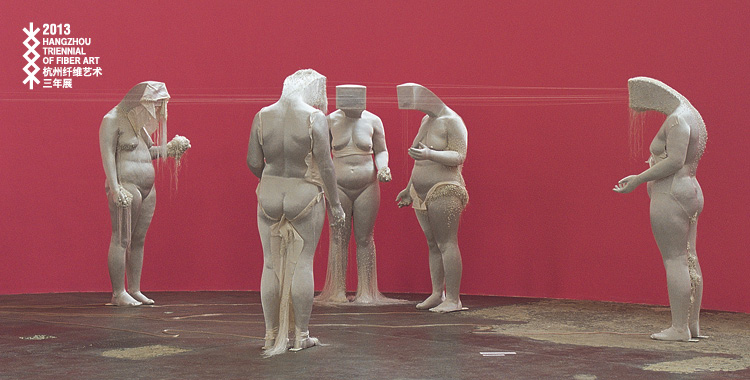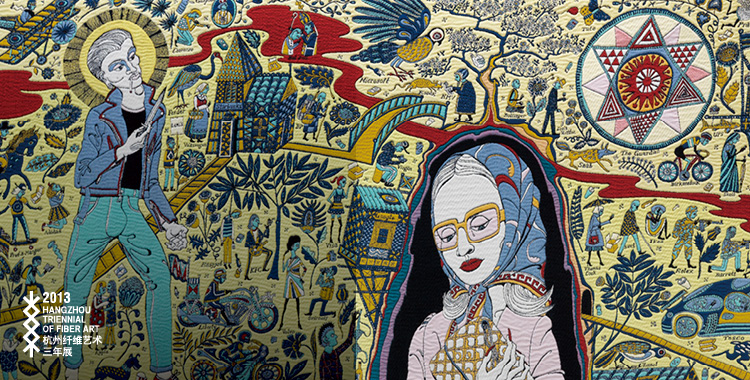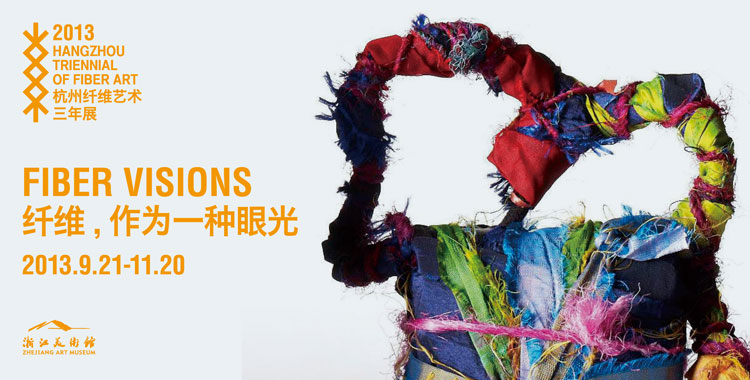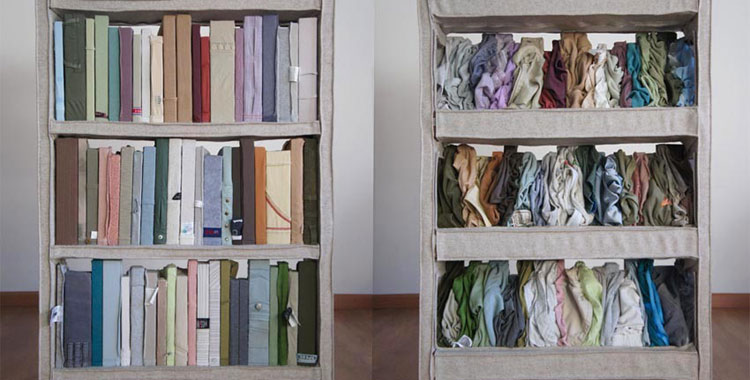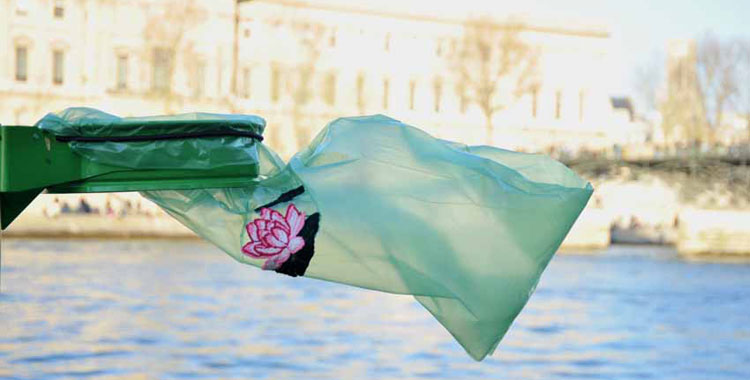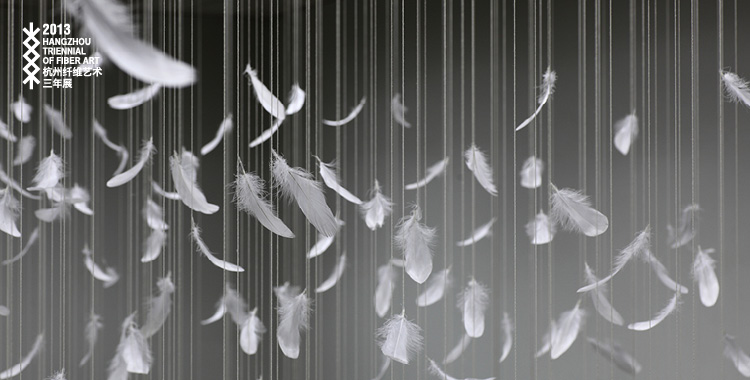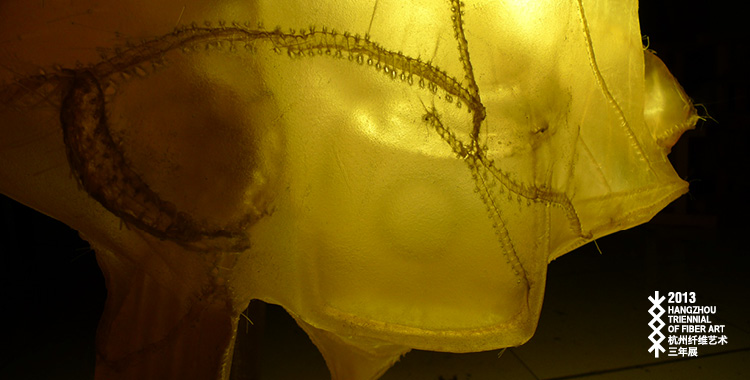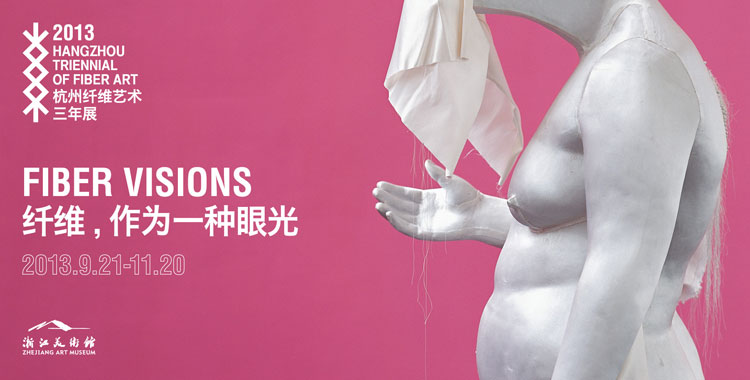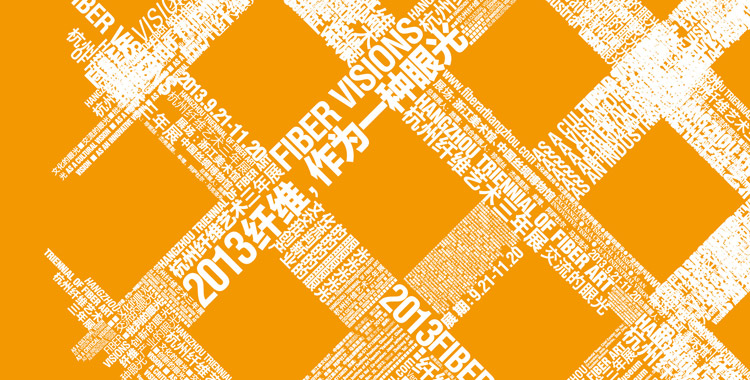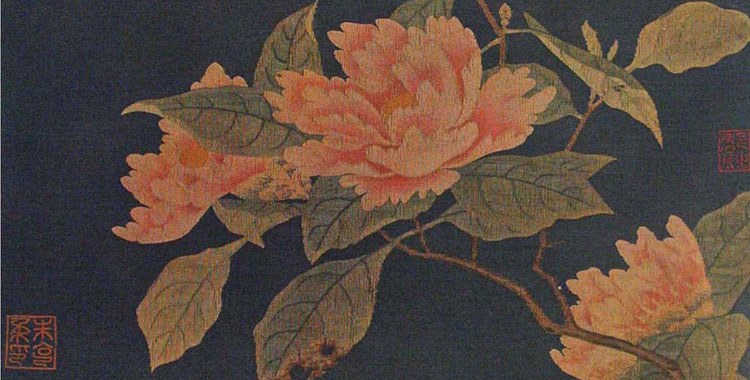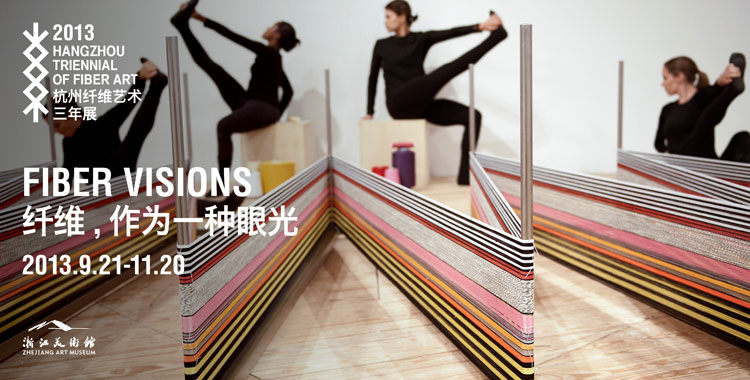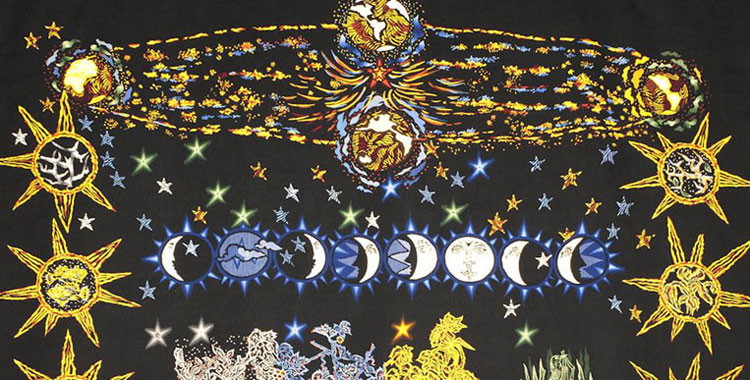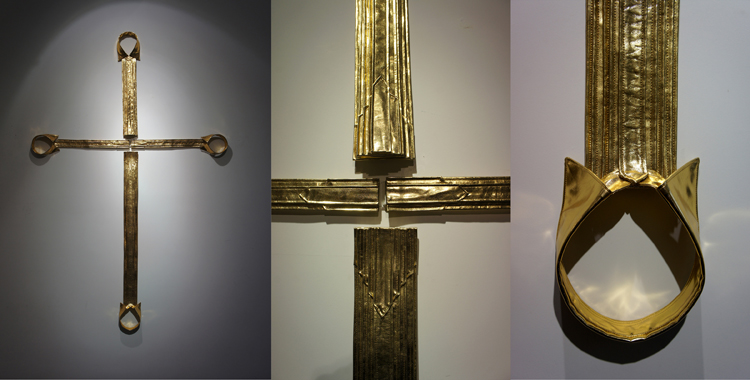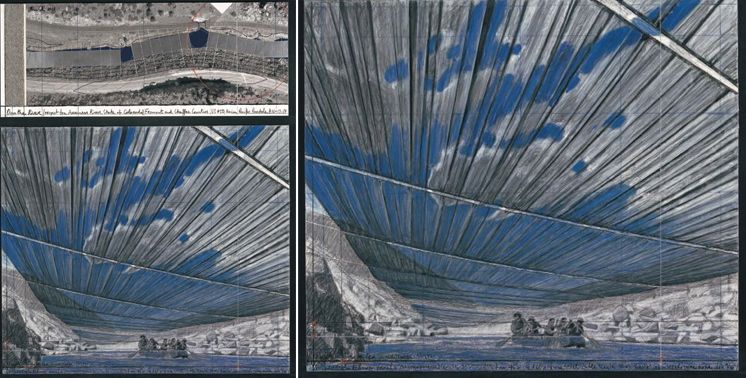Olga de Amaral
Olga de Amaral was born into a family of engineers in 1932 in Bogota, Colombia. After high school, she studied architectural drafting for two years at Colegio Mayor de Cundinamarca in Bogota. She attended the renowned Cranbrook Academy, where she came into contact with the new trends in textile art.
She is one of the textile artists who, in the 1960s, first turned textile arts from a primarily two-dimensional representational art form into a three-dimensional, abstract art form.
In 1967 she participated in the Lausanne Biennial for the first time with a wall tapestry that demonstrated her very own special concept of weaving.
Using the old Indian weaving technique she set about creating a style of wall hanging. The connection between architecture and the wall hanging - which in her eyes is a wall with other means - is the basis of her work.
Tapestry is for her a piece of architecture.
Amaral is known for her architectural and sculptural constructions that “turn textiles into golden surfaces of light.” By using linen and cotton coated with gesso, colored pigments and gold and silver leaf, she weaves and twists fibers, creating an ethereal luminosity that produces imaginary landscapes inspired by Columbian native architecture, pre - Columbian textiles, Indian basketry, gold artifacts, ornamentation of colonial Catholic Churches, and abstract geometries.
Statement
‘I think in impressions and concepts. It is very abstract…
Reflections on water, constantly moving and changing; moonlight silver, sunset gold.
Bright, saturated colors; vegetables, fruit, and woven garments hanging in outdoor markets. I enjoyed the landscapes, the whitewashed towns, all those things that were part of a very part of a wonderful Colombia at the time.
I know what I am doing and know what I am looking for – without knowing…
In every kind of art, process is what takes you. It’s a tool, not the end.’


